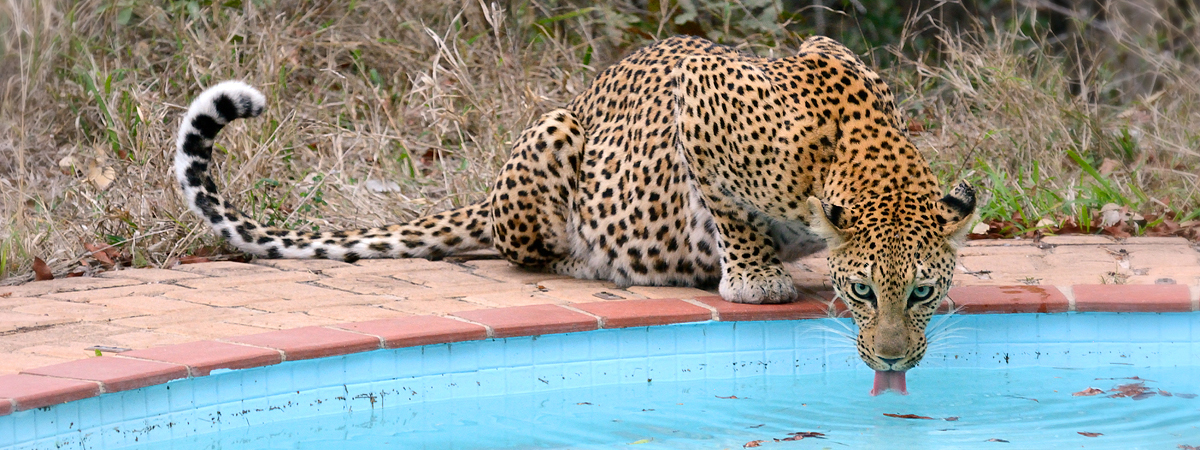Chobe NP Safari Diary – Part 3
This follows on from the previous part of our Safari Diary – Another great day in Chobe – Safari Diary part 2
18 September 2014
For our last morning in Chobe we’d arranged to take a boat trip on the Chobe river. Needing to be in Kasane by 8 o’clock we had an early breakfast and set off before sunrise.
A morning without photos!!!!!!!!!!!
We’d been driving for less than 10 minutes when I saw something moving on the right hand side of the road. At first it looked like a piece of black bin bag that had got snagged on something and was flapping in the breeze. Then it lifted its head.
“Look! Look!” I shouted, too excited to say the words that mattered. It was a honey badger, digging what appeared to be a new entrance to its burrow. It watched us for a few moments and then trotted across the ground and disappeared down into its den/set/burrow.
It was barely light and I hadn’t bothered to get a camera out. I consoled myself by telling myself it would have been a waste of time trying to photograph a black animal in the dark.
You’d think I would have learned though. I still hadn’t bothered to get my camera out of the bag when just a couple of hundred metres further on Pat called out from the back seat. “Whoa, Whoa. Back up.”
Dennis slammed on the brakes and slowly reversed until we could see what had caught Pat’s attention. There was a lion cub under one of the bushes just a couple of metres from the road. He was chewing on what looked like an impala leg. As our eyes became accustomed to the dark under the bush we could see that all 3 lion cubs were there, together with one of the lionesses.
We moved forward a bit and saw that another of the lionesses was lying just behind the bush and about 50 metres further back we saw the third lioness and the male lion.
Amazing.
We’d barely gone 200 metres from the lions when we found ourselves surrounded by buffalo. It was our 100 head herd again.
This was turning out to be one hell of a morning and we’d only been driving for 15 minutes.
Leaving the buffalo behind we turned towards the river.
We noticed people on foot close to the dead elephant we’d seen the previous afternoon. Dennis confirmed that they were BDF (Botswana Defence Force). The BDF are the main anti-poaching force in Botswana and it was encouraging to see that they had 3 armed soldiers guarding the dead elephant.
Ahead of us we saw a vehicle stopped and then noticed a hyaena loping towards the track. We hadn’t seen any hyaenas yet so we sped up to see if we could get close.
Before we got anywhere near it though it had crossed the track and disappeared in the bushes.
To our left we saw 2 black/silver backed jackals, then we heard them alarm calling.
When we pulled alongside the parked vehicle – which we had assumed was stopped for the hyaena – the guide told us there was a leopard in the tree above us.
Dennis reversed until we could just about see it. There was a young male leopard asleep in the crook of a branch. Even with the jackals calling I doubt that we’d have seen it if the other vehicle had not been there.
The sun still wasn’t up and we’d seen more game than on any previous drive. And I still hadn’t got my camera out.
The vehicle that was stopped belonged to Chobe Explorations, a safari company based at Chobe Game Lodge. Clearly the guide had radioed in the sighting because we could see two more of their game vehicles approaching.
As they passed us Dennis stopped to tell the guides what we’d seen.
It became a bit of a farce as more and more vehicles appeared, homing in on the leopard sighting. Dennis would stop and tell each guide what we’d seen.
Of course he was doing this in their local language, not English, and I watched the face of one driver as he took in the news that there was a leopard in a tree 300 metres behind us, then up on the main road there was a herd of around 1000 buffalo and a couple of hundred metres after that there was a pride of lions beside the road. He barely waited for Dennis to finish speaking before he accelerated away, eager to impress his clients.
I couldn’t resist the opportunity to poke a bit of fun at Dennis. Chobe Explorations is a bit different from the other companies in Chobe in that they only employ female guides and I asked him why he spent twice as long telling the female guides about our sightings than he did telling the male ones.
We were spending so much time stopping and passing on the news that I began to think we’d never get out of first gear.
Dennis, bless him, agreed and when the next vehicle pulled up alongside he just shouted, “Follow them!” and pointed to the one that had just passed us. We all cracked up laughing.
It did occur to me that if our luck was this good we should forget the boat ride and just carry on with the game drive.
To avoid any further delays we left the riverside road and drove the rest of the way along the more central road.
Close to the gate we passed truck going the other way. Dennis told us that this was the park rangers going to get the tusks from the dead elephant. We were impressed with how well they seemed to be organised.
We saw another lone sable on our way to the gate.
We’d set out almost 2 hours earlier expecting an uneventful drive to the gate. Instead we’d had some absolutely awesome game viewing. We were all still marvelling at our good fortune when we pulled up outside the office for our boat trip.
Our river guide was waiting “I was expecting you at 8 o’clock” he said, looking at his watch. “You’re 2 minutes late.”
It was intended as a joke but he couldn’t carry it off. As we learned in the course of our boat safari, this was one person who should not try for a career in entertainment.
The Chobe river – a bird watcher’s paradise
Seeing Chobe from the river was an entirely different experience. Apart from anything else the clear river air felt really good after the dusty conditions in the park.
(This next bit is mostly bird sightings so if birds are not your thing I won’t be offended if you skip on through.)
The bird life along the river was wonderful. The only thing that spoiled it was the fact that our guide was a bit of a dick.
He was so intent on giving us his rehearsed spiel that he took up (ie; wasted) a lot of our time talking when we could have been game viewing.
The other thing that he could not get through his head was that we really were not interested in crocodiles. OK if there was a huge one we’d take a look but he wanted to stop for all of them. Then when we spotted a herd of elephant at the water’s edge he would have motored straight past them if we hadn’t asked hi to stop.
It would have been so much better if he had just driven the boat and let Dennis do the guiding.
It wasn’t long before we all just tuned him out and enjoyed the spectacle.
The brilliant thing about being in a boat is that you can glide in very close to wildlife on the river bank and islands without disturbing it.
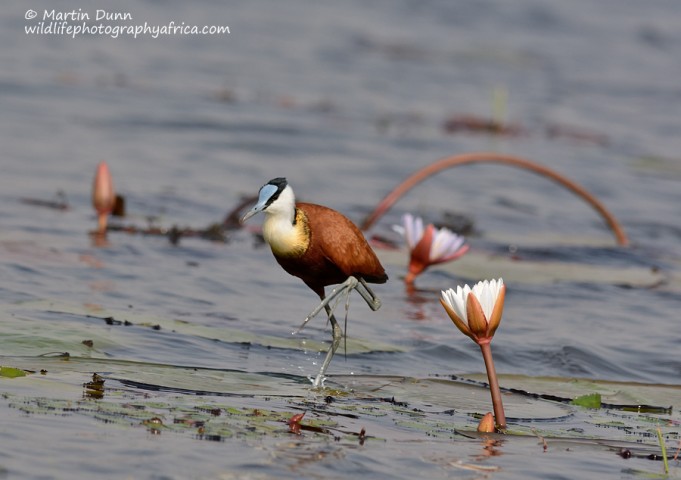
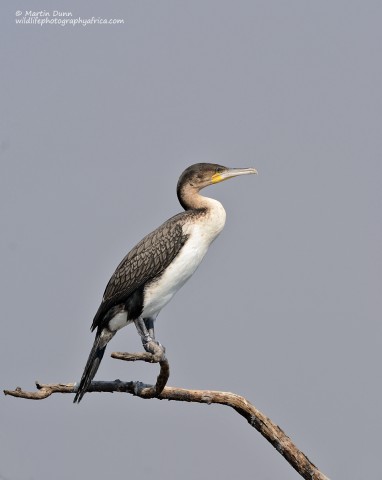
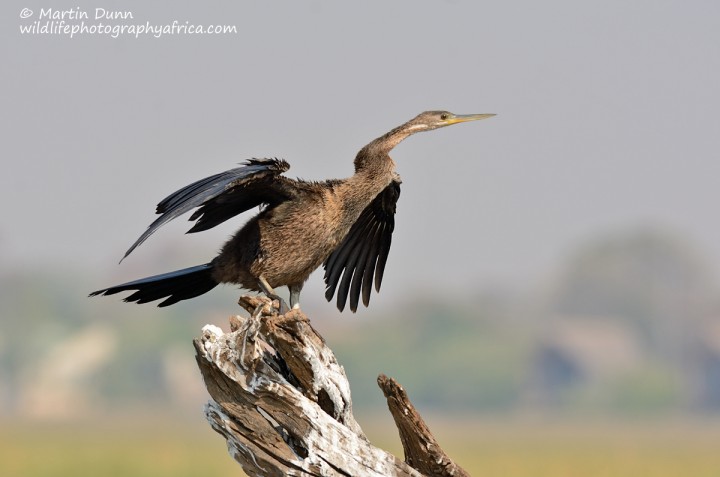
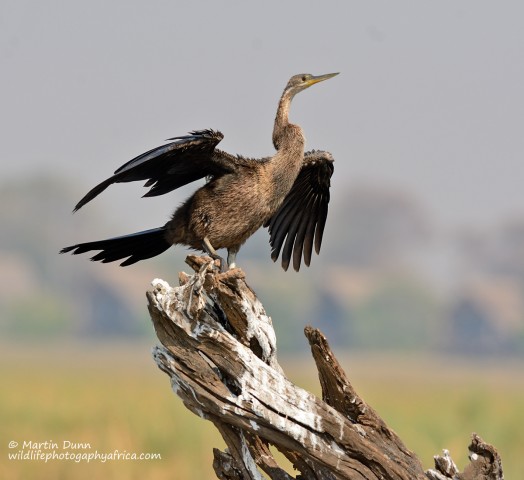
I’d thought that being on a boat would give me a nice stable platform for photography. I guess a larger boat might have done but this little tinny rocked every time someone wriggled in their seat or changed position. It took me a while to get the hang of it.
I had been hoping for some good opportunities to photograph elephants close up from the water, but in fact we only got really close to one small group and I probably didn’t make the best of it.
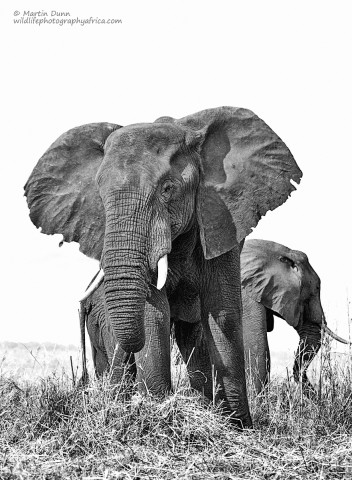
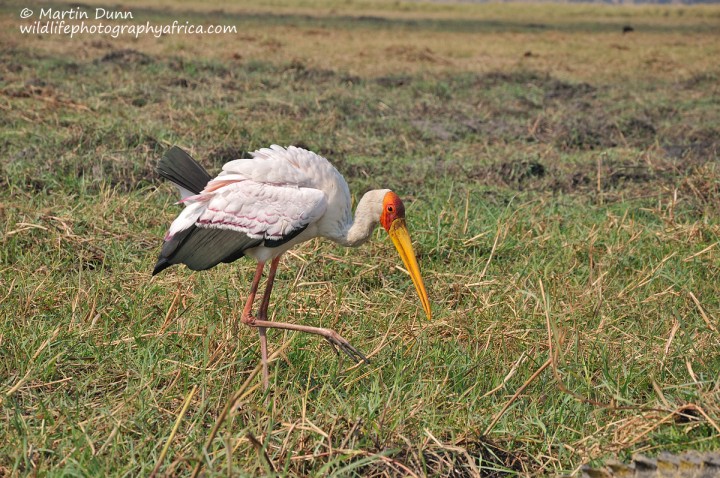
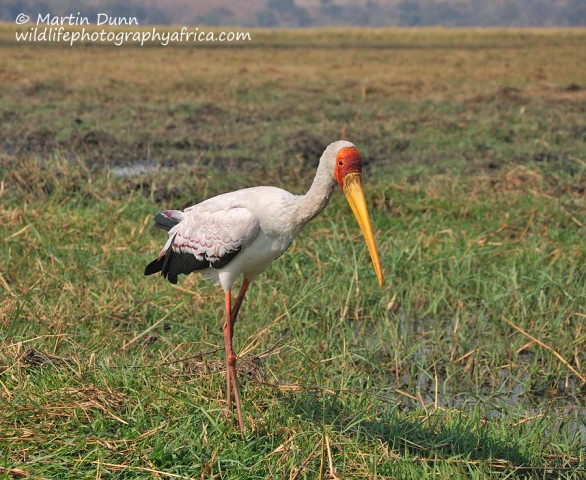
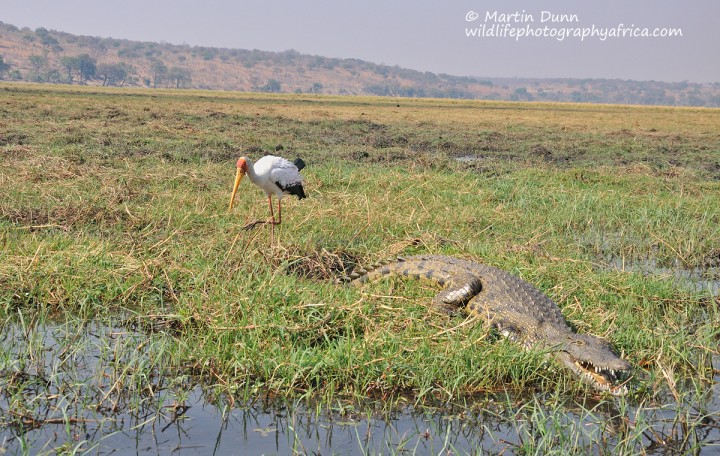
OK, I know I said I wasn’t interested in crocodiles, but it was right beside me ![]()
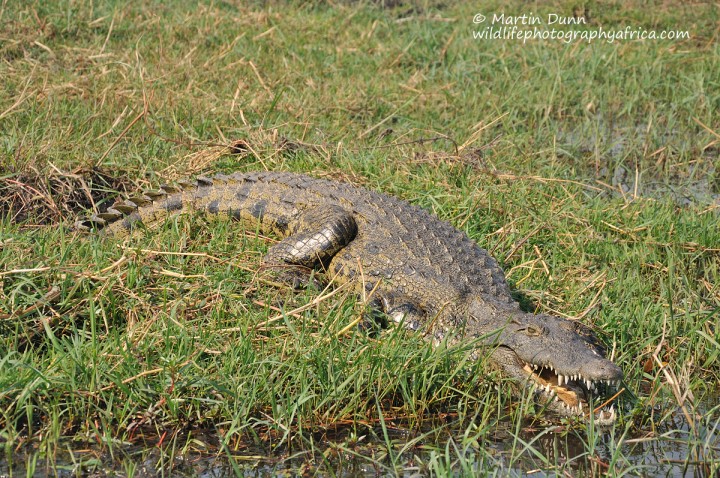
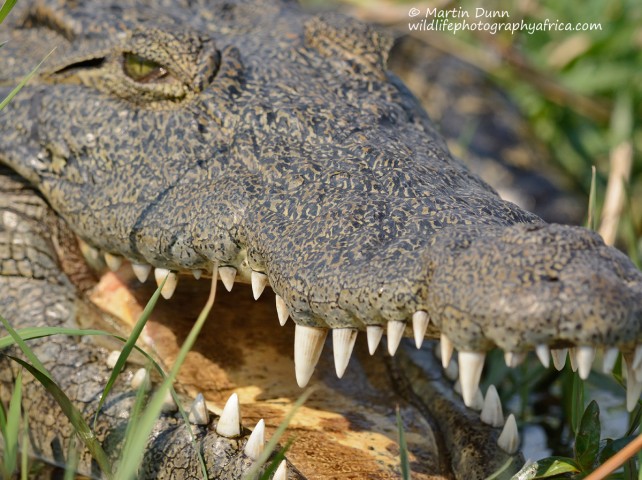
Because our camp was deep in the National Park and we had to come out of the park to Kasane to do the boat trip we’d left it for our last morning to avoid wasting time on long journeys out of and back into the park.
The downside of this was that we were doing the boat trip in the morning, when we knew that the afternoons were the best time to catch elephant and buffalo by the water.
The plus side was that it meant we could concentrate on the bird life and that we could enjoy the cool of the morning.
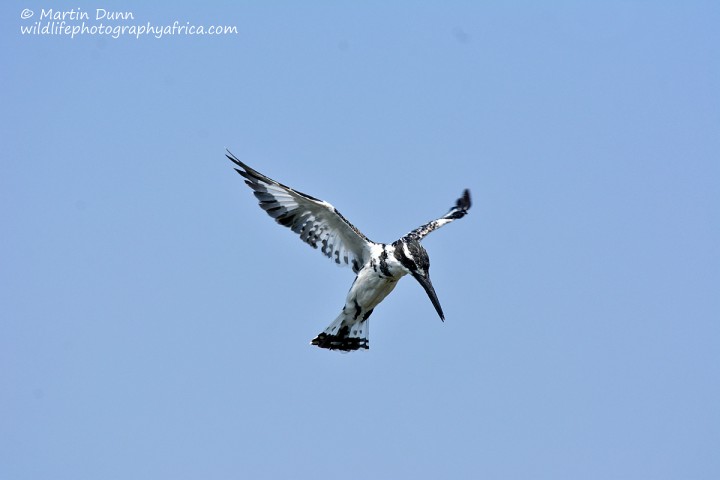
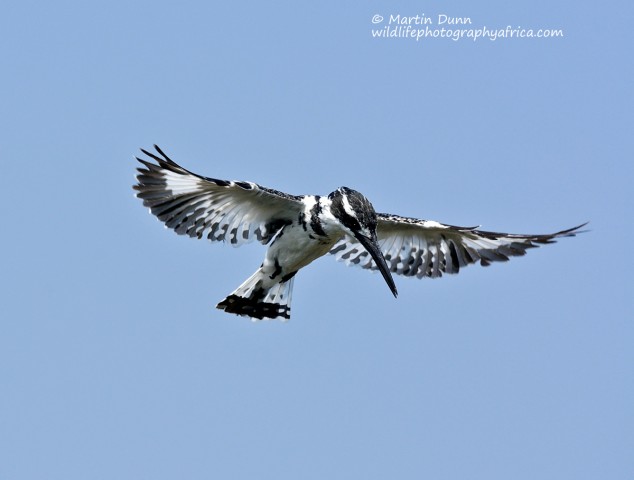
Almost from the moment we set out we found that we had a hitch hiker – a pair of wire tailed swallows used our boat as a mobile perch.
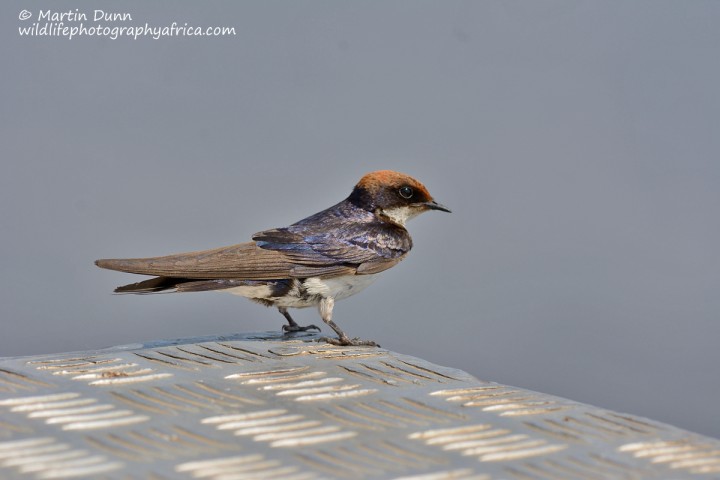
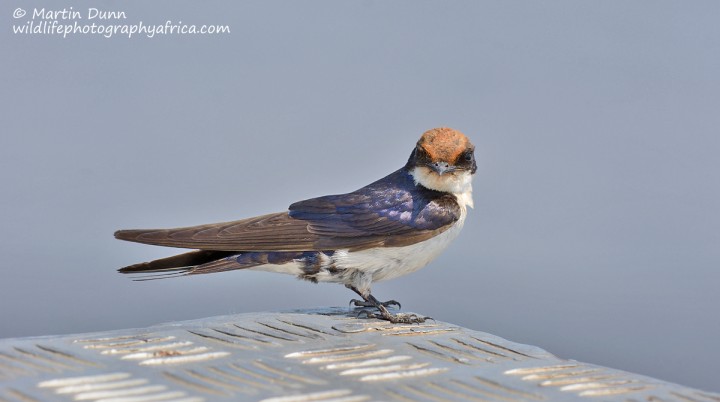
We encountered a hippo that seemed intent on eating the whole island
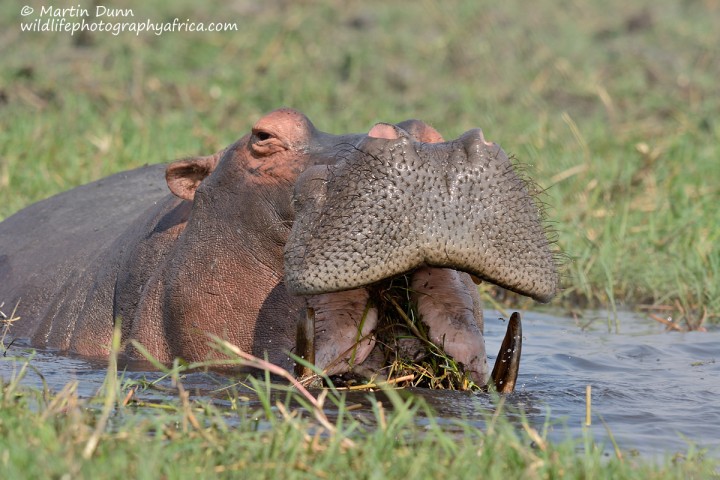
and others which seemed content to offer themselves as a dry platform for the herons
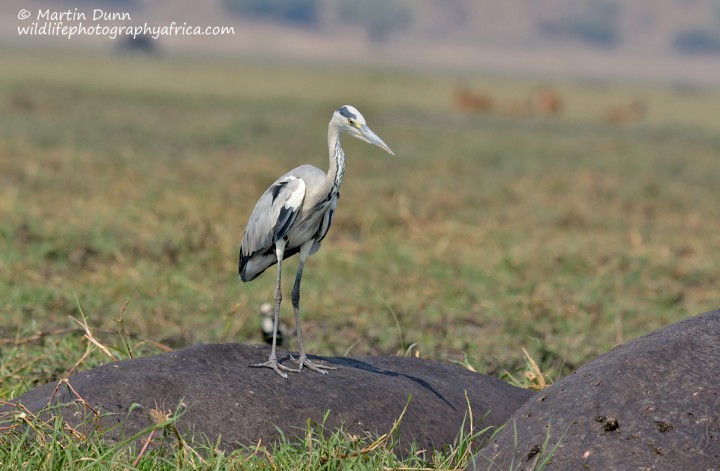
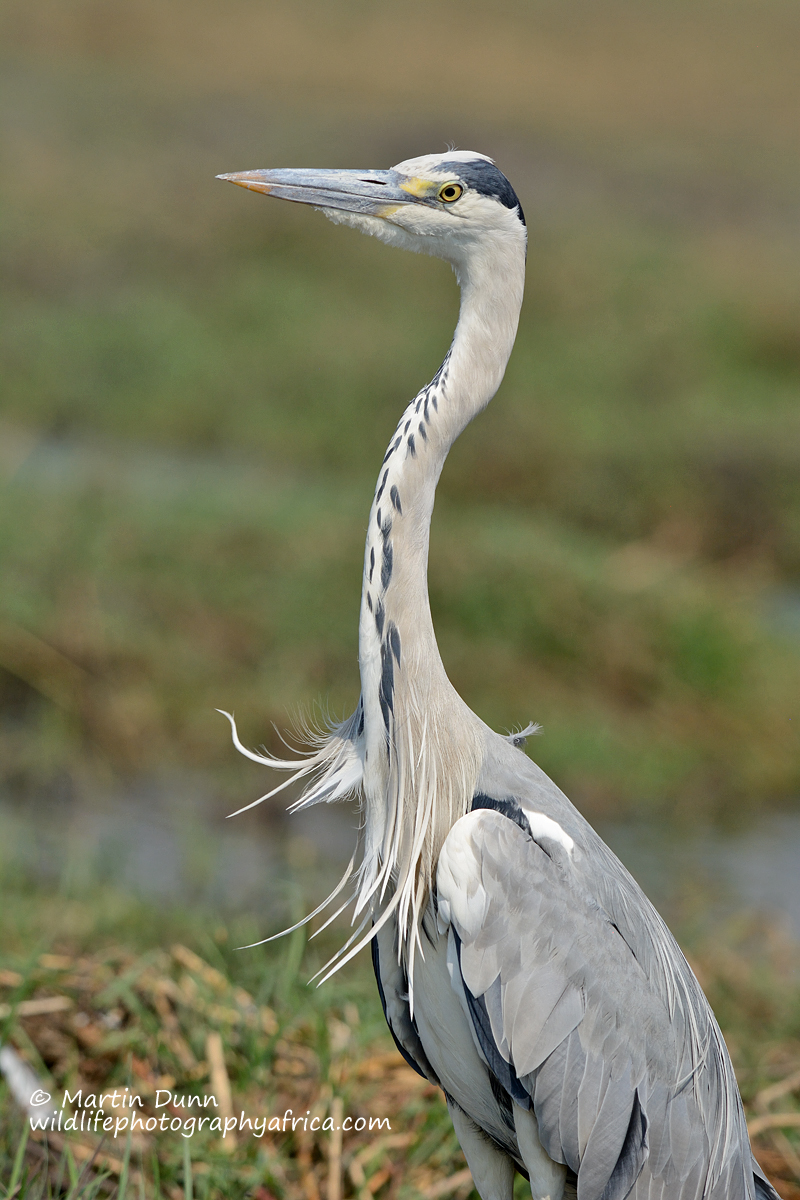
I don’t now if it is common but we watched a Sacred Ibis and an African Spoonbill that were engaged in some kind of dispute – they clearly did not like sharing the same patch of grass.
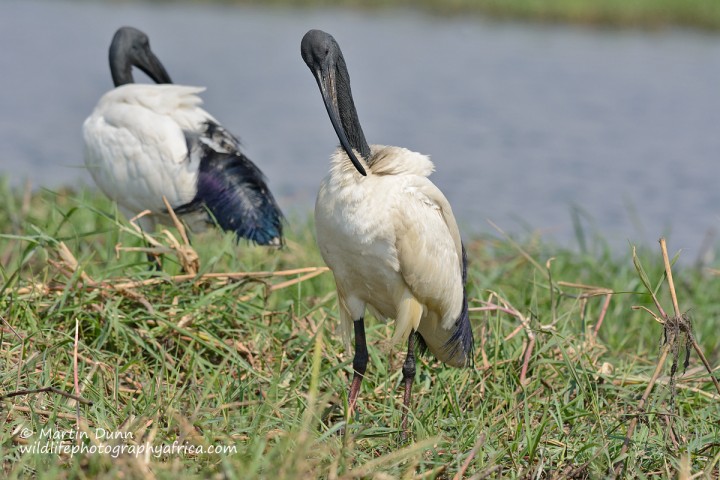
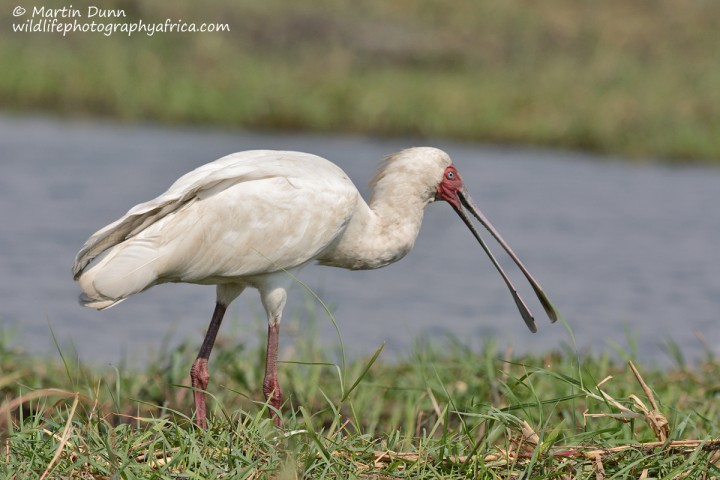
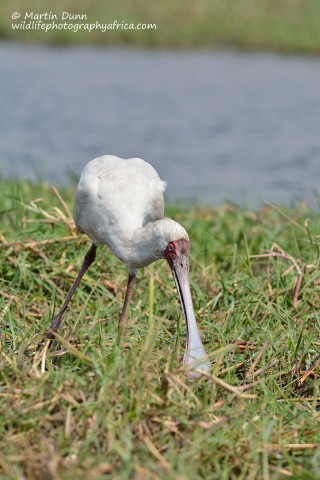
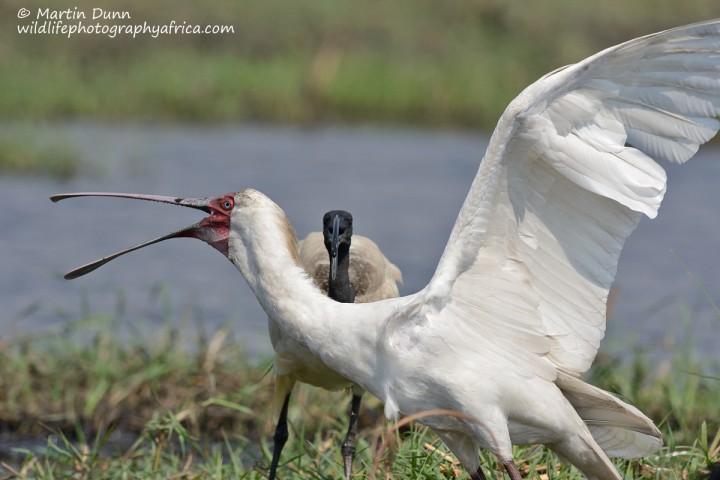
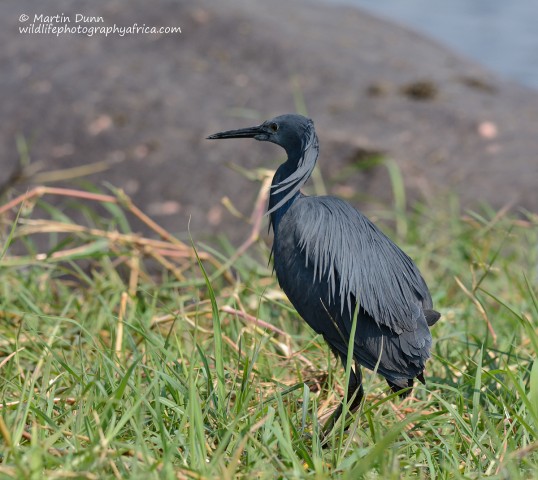
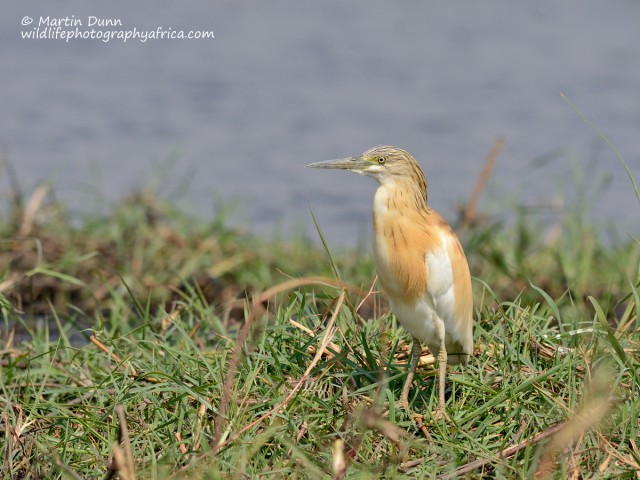
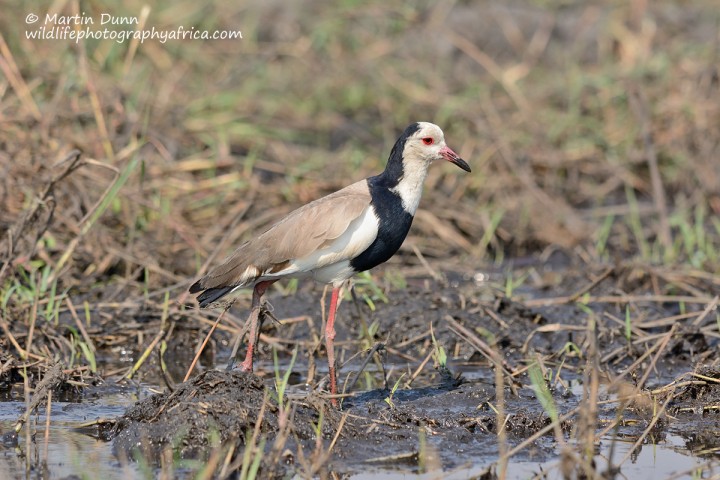
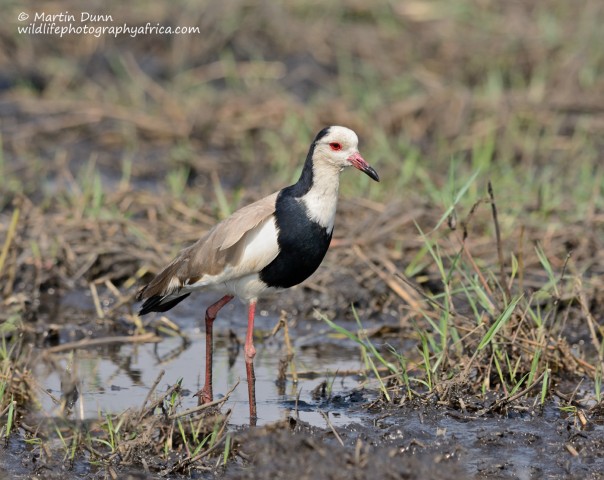
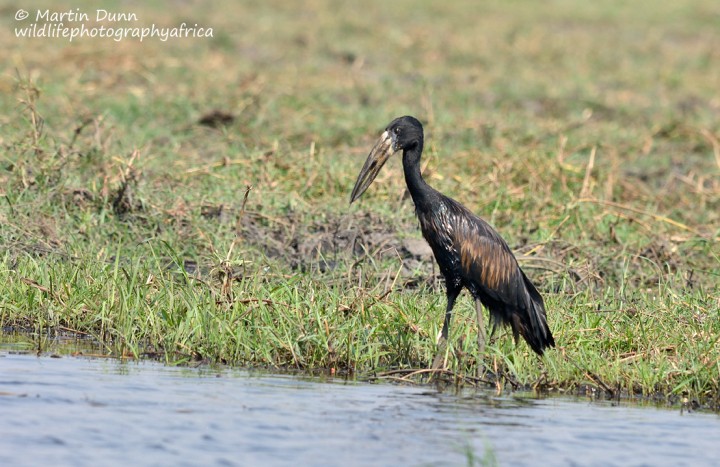
Whilst we were sitting watching the herons, something unusual caught our eye in the grass beside the boat.
A monitor lizard had found a dead catfish and was trying to drag it up into the grass. The catfish would have weighed more than the lizard and it was having to work hard.
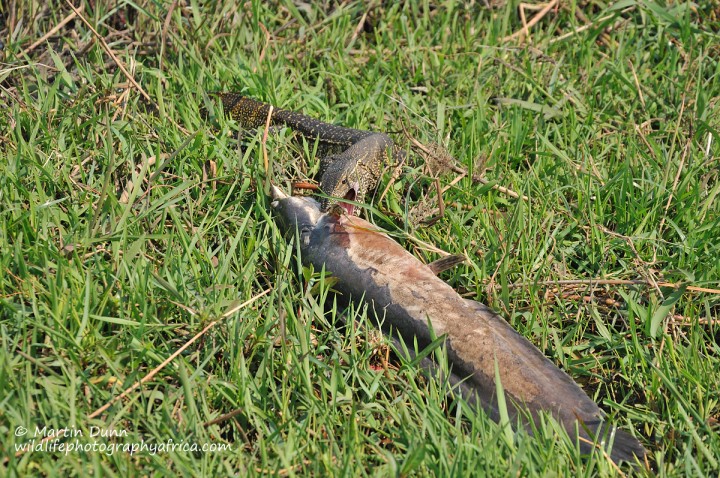
Once it had dragged its booty high enough the lizard tried to start eating it – it looked as though that would also be hard work.
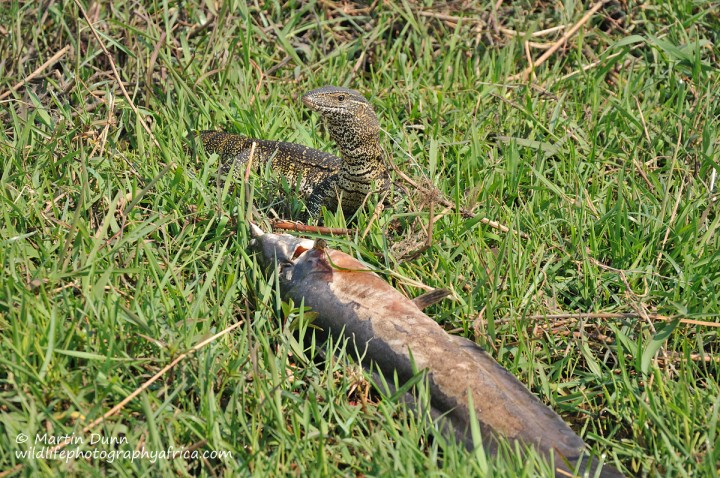
a Marabou Stork standing guard over an old buffalo carcass.
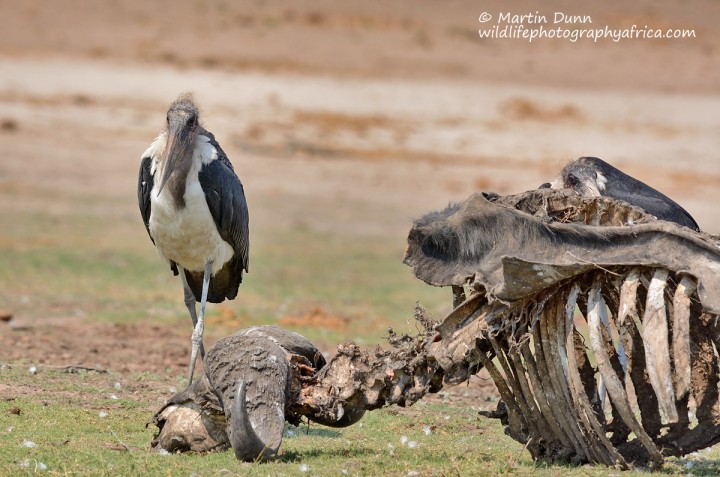
a face only a mother could love
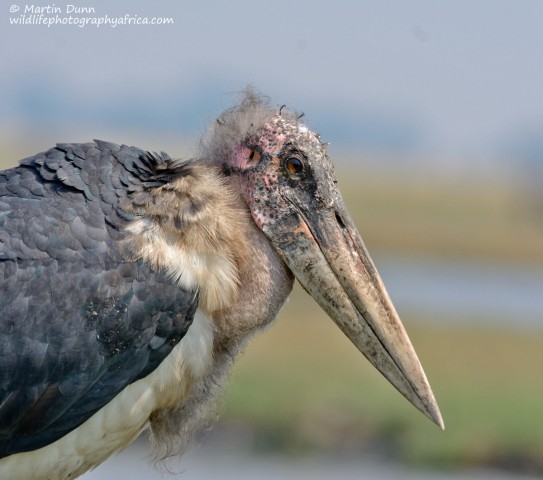
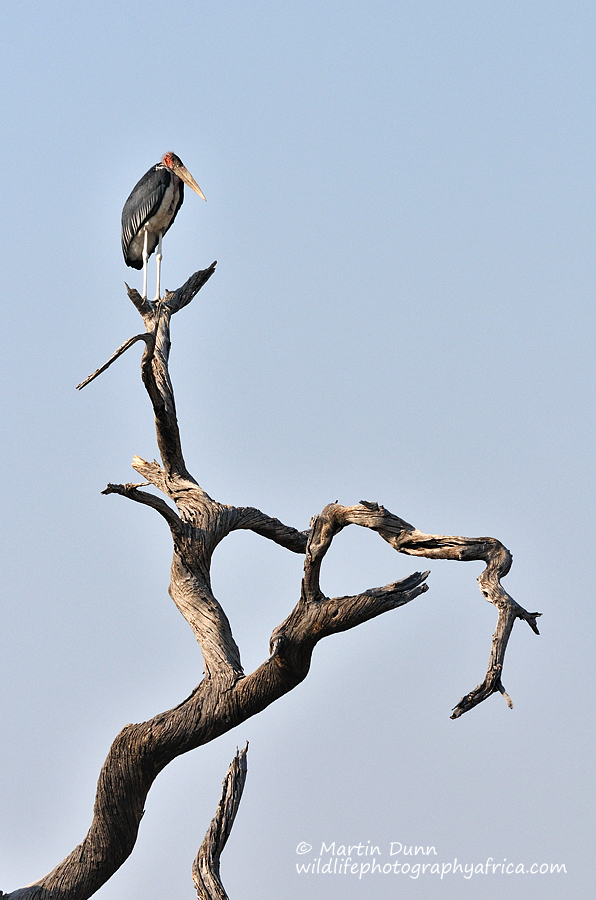
The buffalo were in heaven with lots of mud and lush grass to feed on.
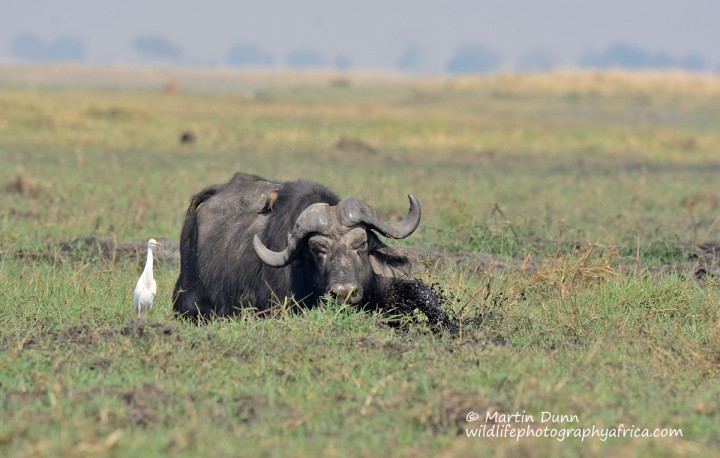
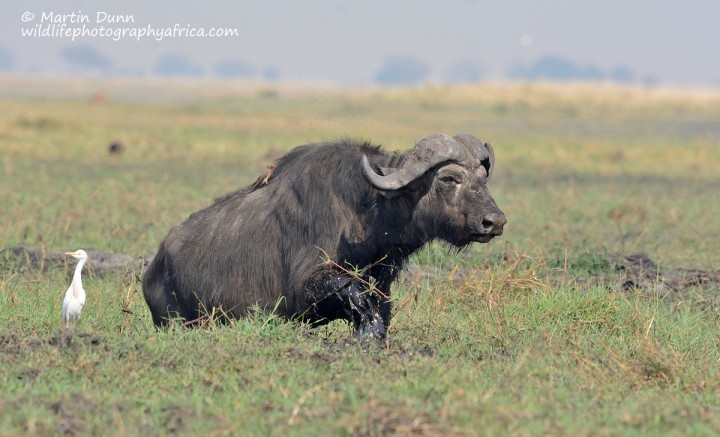
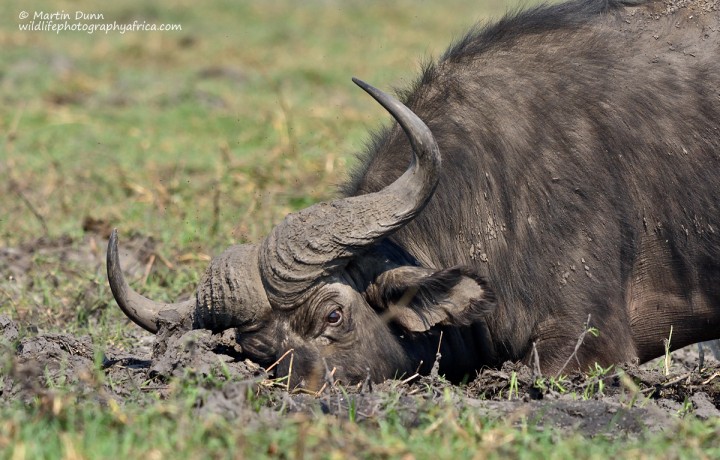
A typical riverside scene
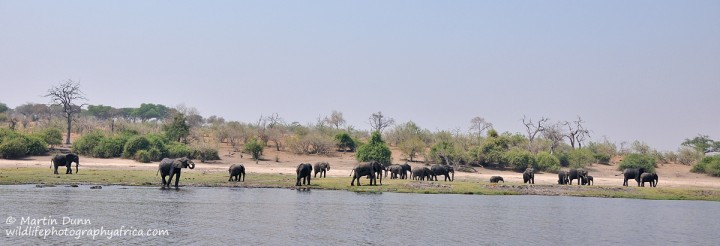
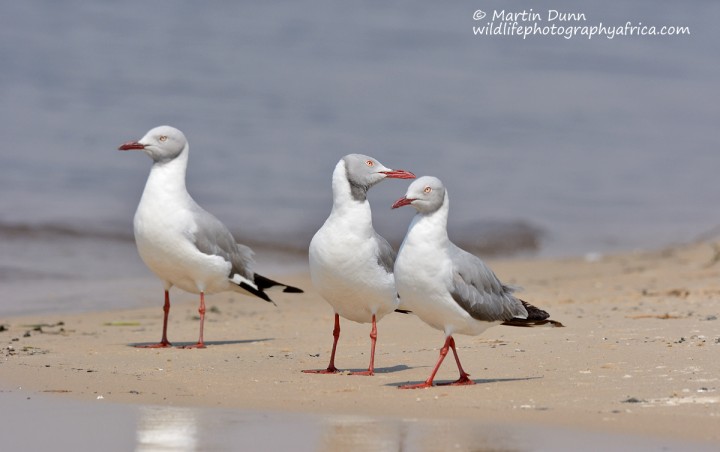
We had a brief sighting of a pair of African Skimmers. I couldn’t get over how short their legs are.
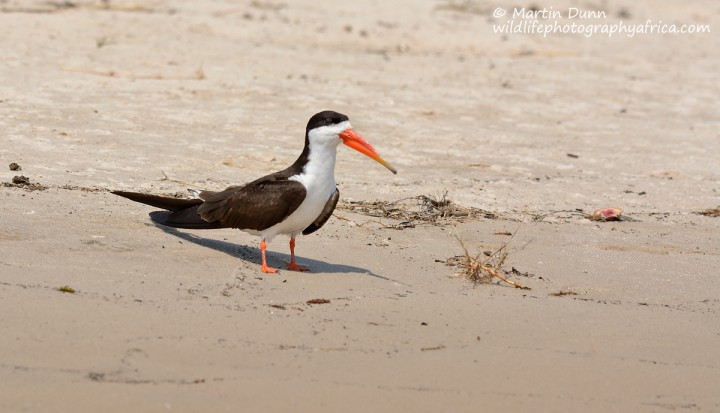
Having taken up so much time at the start of our boat ride, our river guide was suddenly in a hurry to get back to Kasane and we found ourselves with over an hour to spare before our transfer to the border with Zimbabwe.
We killed the time with more food.
“You can come in now, we’ve had our lunch”
When we reached the Kazungula border crossing we found the Zimbabwe immigration office deserted. After hanging around for about 15 minutes officers started drifting in.
“Sorry to keep you waiting” one of them said “ We were enjoying our lunch”
As we were at the front of what was now a substantial queue we decided that discretion was the better part of valour and didn’t ask why they all had to have lunch at the same time. It is Africa after all.
Once the Zimbabwe officials had resumed work things moved pretty quickly and we were soon on our way to Victoria Falls.
After stopping by the Wild Horizons office to pay for our helicopter flights we drove out to our accommodation where I had a little surprise up my sleeve.
I’d told everyone that we’d be staying at Ursula Camp, just a few kilometres outside the town.
After our tented camp in Chobe they all assumed that Ursula would meana few more nights under canvas. Little did they know.
Ursula Camp is a small satellite camp in the Stanley and Livingstone Private Game Reserve, next to the very (very) swish Stanley and Livingstone safari Lodge. It’s 10 minutes outside the town of Victoria Falls on the Hwange road.
Of course Ursula Camp is not tents at all, but 4 small chalets set in picturesque surroundings.
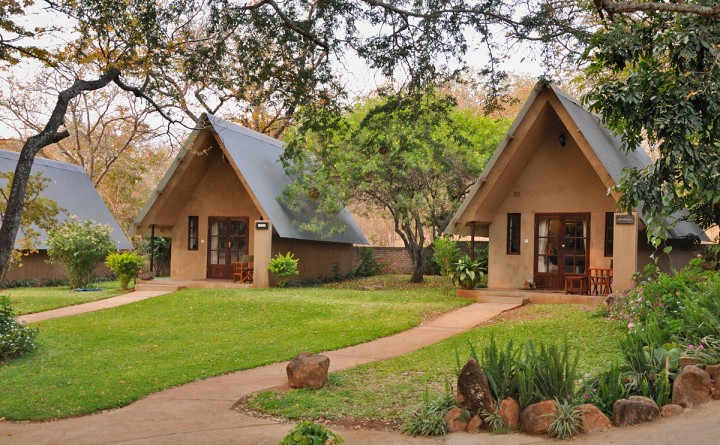
There is even a small swimming pool.
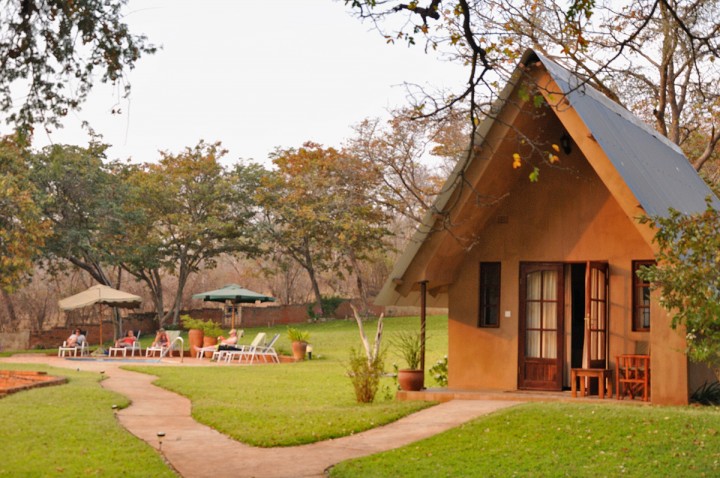
By the time we arrived it was mid afternoon and everyone was more than happy just to chill out for the rest of the day.
Ursula’s only has 4 chalets, and so can accommodate a maximum of 8 people. It is ideal for small groups and one of my favourite places to stay mid-safari. We had the place to ourselves so it was a bit like having our own private villa in the bush.
Immediately in front of us were some huge Acacia Albida trees and the constantly falling seed pods were irresistible to the reserve’s greater kudu.
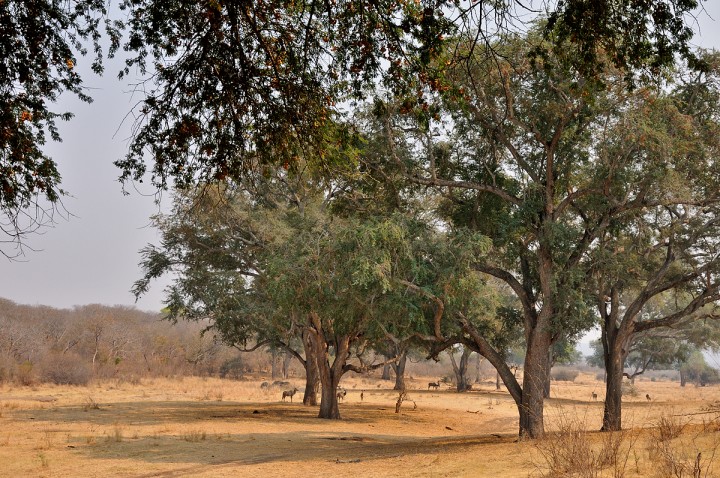
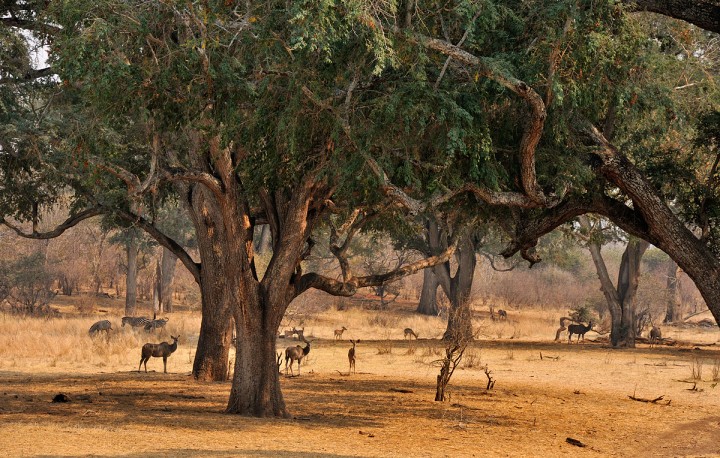
Whilst enjoying gin & tonics by the pool we had a visit from the chef who took our orders for dinner. Civilised or what?!
And dinner was fab!
We only had one gripe about Ursula Camp and that was the price of the drinks. They were pretty steep. This caught us a bit by surprise on the first night but noticing that we were likely to run up a bar bill we wouldn’t be able to afford, Olivia told us it would be no problem if we bought our own supplies in town and brought them back. Problem solved.
Over dinner we met Olivia’s husband, Mike, who was also the head ranger guide at Stanley & Livingstone. He wanted to know which game activity we wanted for the following morning.
Part of the deal at Ursula Camp is that in addition to full board accommodation one game activity is included in the private reserve; either a drive or a walk. (and it still costs less than the Vic Falls Hotel on B&B!)
The majority vote was for a game drive.

